Solar Team Eindhoven unveils five-seater ‘Stella Vie’
Stella Vie, that is the name of the latest TU/e solar family vehicle unveiled Wednesday by Solar Team Eindhoven. The car, with space for five rather than four occupants, is rounder and more streamlined than its predecessors, making it quite a bit more aerodynamic.
Ordinary it is not, this third solar car from the drawing board of Solar Team Eindhoven (STE). Yet, in the more positive and literal sense, this is exactly what it will become if the student team has any say in the matter. “This year we want to present a car you really can use in daily life - and not tomorrow, but now today,” explains spokesperson Beatrix Bos.
So it was with good reason that the students chose ‘Vie’ - meaning ‘life’ - as the addition to the now familiar ‘Stella’. It is also, says Bos (TU/e student of Sustainable Innovation) a “subtle reference” to the Roman numeral five (V), referring to the number of seats.
With Stella Vie, STE will be participating in October for the third time in the Cruiser class of the Bridgestone World Solar Challenge (WSC). This year, since the Australian organizers have made quite a few changes to the regulations and parameters, speed is no longer important. Another explicit amendment is that participating cars may have no more than five square meters of roof surface area: one square meter less than before, and thus considerably fewer solar cells for generating power.
The Eindhoven students were not daunted by the last-mentioned stipulation, says Bos. “You get parameters to work with from WSC, but within those limitations it is all fun and games, and we have built the car that we wanted to build. Besides, the cars you will ultimately see every day on the streets won't have six square meters of solar cells on the roof. Most people wouldn't have anywhere to park a car like that.”
While the team is having to scale down in terms of quantity, they have made great strides as regards quality, says Bos, with a new type of solar cell. “Such that even with one square meter less, we can drive just as far as we could with Stella Lux.” This is thanks in part to a new top layer that not only protects but moreover allows diffuse sunlight to fall directly on the solar panel.
For the rest, the cars participating in this year's WSC may be half a meter longer. “This creates design opportunities.” The five-meter-long Stella Vie has a strikingly curvier look that its predecessors. Both the roof and the sides of the car are more rounded and the car is tapered at the rear; this gives the ‘Vie’ not only a more sporty look, says Bos, but most importantly a significant aerodynamic advantage (of 9 percent compared to the ‘Lux’ and as much as 20 percent compared to the very first Stella).
Stella Vie's carbon body is the first not to be wrapped (in a kind of sticky wrap) but sprayed. “This gives the car just a little more gloss and a slicker look.” In terms of colors, the new car is in line with its predecessors, although a hint of Dutch orange has been added. In the interior, a great deal of wood has been used, supplemented with 3D printed titanium parts. A system for driver behavior guidance has also been incorporated, which encourages the driver - by means of subtle light signals - to drive as efficiently as possible and, for instance, to brake and accelerate less abruptly.
Smart charging
They may have made considerable changes to Stella's look, but the story of the energy-positive solar family car remains unchanged. Having said that, they have worked hard to make optimum use of that energy. For example, in cooperation with one of the partners, a system has been developed for smart charging, which ensures that the car charges or conversely produces power at favorable moments - produces, for instance, at peak times such as the early evening when everyone travels home from work and starts cooking and turns on the heating and TV. Bos expects this system to earn the team the necessary points in Australia when it comes to practicality.
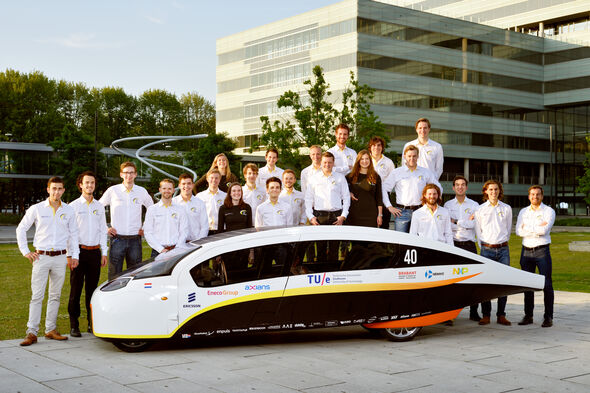
With the car's additional seat, too, the TU/e students hope they will score extra points. It may seem simple, adding a fifth person, but it is not, Bos is keen to stress. “In all respects your construction must be that much stronger because, after all, you are adding some 80 kilos of weight to the car.” The weight of an extra passenger is compensated for, among other ways, with a considerably lighter battery pack, and in fact by honing every part of the car.
STE plans to cover as many kilometers as possible in Australia with five people. This is because a team's efficiency score is no longer based largely on its speed, but on the number of passengers in relation to battery performance, “in other words on the power you need to transport a certain number of people. And the following applies: the more people, the more points.” On the day, however, they may change this strategy. “For example, if the weather's bad, we will generate less power. In that case, it may be worth driving with one less occupant for a while.”
Whether the TU/e team will actually win the Cruiser class for the third time in a row, the PR person doesn't dare say, “but we will certainly aim to, relying on our own strengths and the strength of our concept. Even if we don't win, we will still have a super cool car that we can do lots of really fun things with after the WSC."
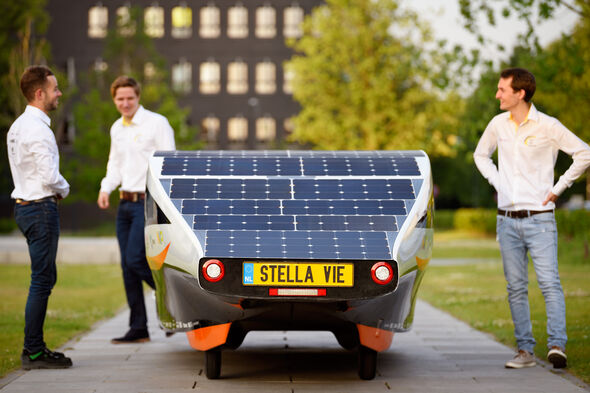
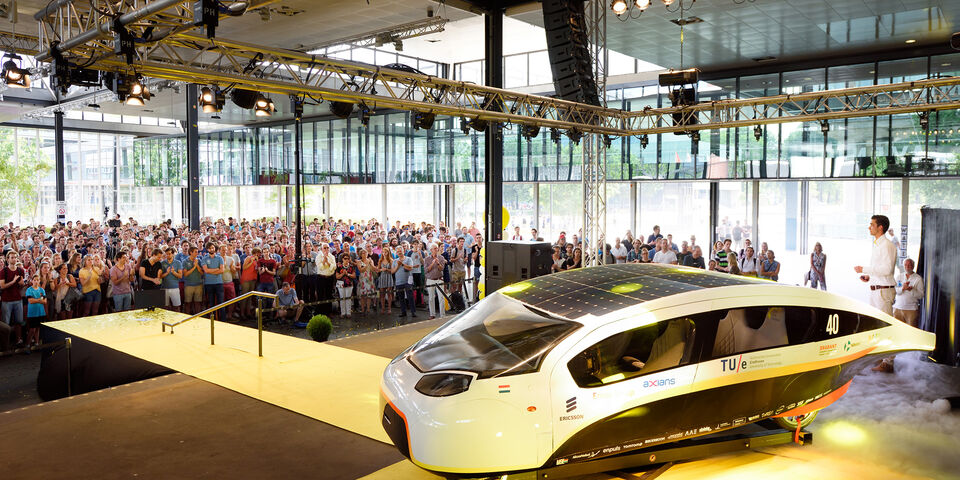

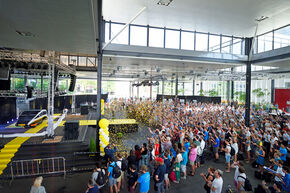
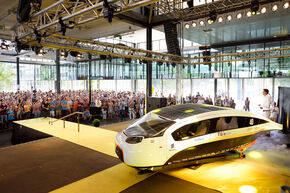
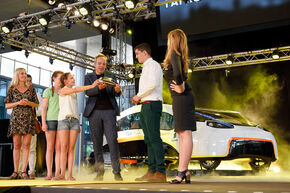
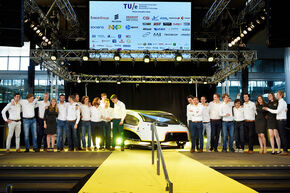
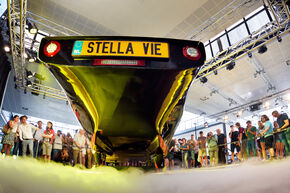
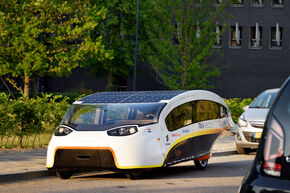
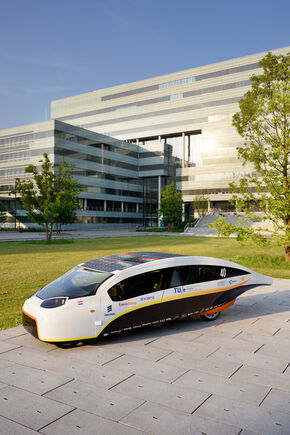
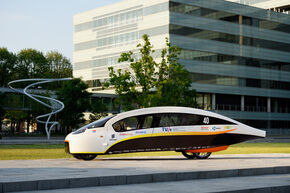
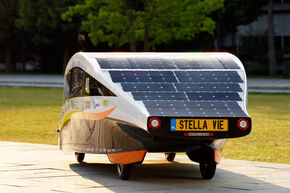
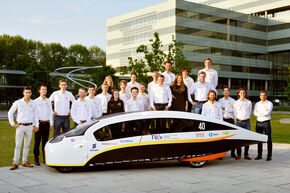
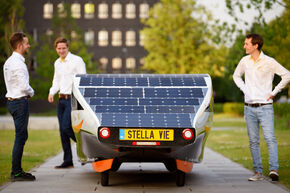
Discussion